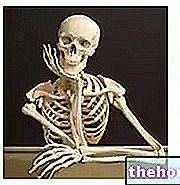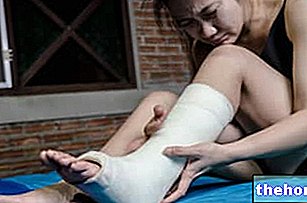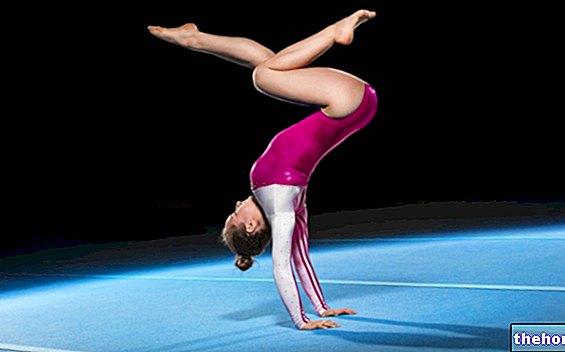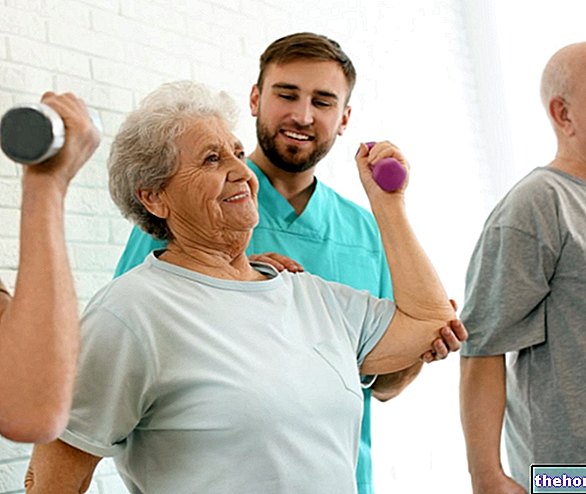The force with which the heart is able to circulate blood inside the blood vessels is called blood pressure. When the heart contracts and pumps blood, we speak of systolic pressure (commonly defined maximum), instead, when the heart relaxes we have the diastolic pressure (commonly defined as minimum).

Arterial hypertension, in accordance with the WHO-ISH guidelines, is defined on the basis of the finding, in individuals at rest, of a systolic (or "maximum") pressure equal to or greater than 140 mmHg (millimeters of mercury), or a diastolic (or "minimum") pressure equal to or greater than 90 mmHg. This is a very common condition, which affects with increasing frequency as the age increases: over 50% of subjects over 65 years in fact suffers from hypertension. In the vast majority of cases it is not possible to trace a precise cause of the disease and we therefore speak of essential arterial hypertension (90-95% of cases); the remaining forms (5-10% of cases) are defined secondary and recognize a "very specific etiology, such as pathologies of the endocrine system, aorta, kidney, alcohol, drugs, medicinal herbs, etc. The importance of diagnosing these secondary forms lies in the fact that, despite being rare on the whole, they are often liable of an adequate and definitive treatment.
A condition of arterial hypertension over time damages the blood vessels of the so-called "target organs", especially the retinal, cerebral, coronary and renal ones, both directly and indirectly, favoring the onset of atherosclerosis. The result is an increased risk of cerebral stroke, retinal hemorrhage and thrombosis, myocardial infarction, arrhythmias, heart failure, renal failure and peripheral arterial disease. The increase in blood pressure also determines an increase in the work of the heart, which in the long run, through processes of hypertrophy and dilation of the heart chambers, favors the onset of heart failure. From what has been said it emerges the need to establish a correct treatment for hypertension, in order to reduce as much as possible the global risk of cardiovascular morbidity and mortality, bringing blood pressure values back to normal. cigarette, reducing emotional stress (relaxation techniques and biofeedback are useful) and controlling body weight, alcohol, coffee, fat and salt intake.
In the absence of signs of damage to the target organs, a prominent role is played by physical activity: in particular, that of aerobic nature should be encouraged (walking, running, swimming, bicycle or cycle ergometer, arm ergometer, water aerobics, aerobics , step), with a frequency of 3-5 times a week, a duration ranging from 20 to 60 minutes and a muscular effort equal to 40-70% of the theoretical maximum: so as to obtain an average reduction in the systolic and diastolic blood pressure values of 4-10 mmHg, substantially comparable to the effect of an anti-hypertensive drug monotherapy.
The mechanisms underlying the reduction in blood pressure induced by aerobic physical activity seem to be linked to a decrease in peripheral vascular resistance, in turn determined by a reduced activity of the sympathetic nervous system and of the levels of endothelin 1 (which normally carry out vasoconstrictive activity ) and by an increase in nitric oxide (NO), with a vasodilator activity. Alongside this neuro-hormonal mechanism, structural adaptations occur over time in the blood vessels themselves, with an increase in their endoluminal diameter and consequent reduction in peripheral resistance.
As for the "isometric physical activity, which involves a static muscular effort, it can be practiced in the gym respecting two conditions: a lower frequency (no more than 2-3 times a week) and a" mild-moderate intensity (for example free body with small weights in the limbs, machine exercises with moderate loads). In this case, the training program provides an average of 12-15 repetitions for both the upper and lower limbs and a recovery time of at least 1 minute between sets. Static gym activities of high intensity such as weight lifting and body building are instead not to be prescribed, as they cause a sudden increase in blood pressure, also highlighted by the constriction of the vessel due to excessive muscle contraction.
In fact, in weightlifters and body builders, one of the contraindications that are highlighted in the long run is that the heart, being a striated muscle, therefore developing exactly like other muscles, increases the thickness of its walls, thus decreasing the ability to contain blood and increasing pulse output and resting heart rate. For this reason, it is always advisable for those who practice sports in the gym to combine isotonic workouts with aerobic ones; precisely to compensate and train the heart not creating the conditions for a possible cardiac hypertrophy.
Finally, it should not be forgotten that regular physical activity not only has a beneficial action on blood pressure, but is also able to improve sugar tolerance, reduce circulating levels of inflammatory cytokines, triglycerides, total and LDL cholesterol ( the so-called "bad" cholesterol) and to raise those of HDL cholesterol (the so-called "good" cholesterol).
The increase in weight, in a sedentary lifestyle, combined with an incorrect diet, are certainly the main reasons for the formation of this pathology. Therefore physical activity assumes a priority importance at first glance.
We must train the body in its entirety, both cardiovascular and toning, to safeguard the joints and the skeletal structure in general with correct posture.
The aerobic activity - ie where there is a consumption of Vo2max between 60 and 75% of the maximum heart rate - is based on a formula that each of us must remember before embarking on an aerobic workout. Let's see an example :
60 year old man or woman.
Fixed parameter 220, minus age, for 70% of your maximal heart rate.
220 - 60 = R. (160 x 70) / 100 = 112 b.c. (heartbeats)
112 heart beats per minute, is the heart rate, which this subject must maintain to stay in the aerobic threshold, then carry out a workout that counteracts hypertension.
Given this, as a purely aerobic activity, the treadmill, the exercise bike, the step, the rotex, the outdoor jogging, the free swimming, are the most suitable cardiovascular activities.
As for the toning of the muscles, the concept of maintaining the maximum heart rate of 70% remains unchanged, and we can carry out the exercises monitored by a heart rate monitor.
In this regard, I recommend a complete circuit training of the whole body with 12 exercises, to be done in the gym for the completeness of the work.
At the end of the recommended exercises another 10 minutes of exercise bike, treadmill or other, then repeat the round of these exercises for 2/3 times with a number of repetitions varying between 12 and 20, depending on the heart rate monitor what it indicates, that is if we are maintaining the aerobic threshold.
It is advisable to change the order of carrying out these exercises in order to create a district circuit training, drawing blood from one muscle district to another in order to favor micro and macro circulation.
In conclusion, a correct and healthy diet combined with sport is certainly the cure to prevent this pathology.
Sport, training, passion and love for oneself are the initial ingredients for high-level human results. Sport where morality is a distinctive feature of man's "approach" to himself.
Hypertension and sport




























